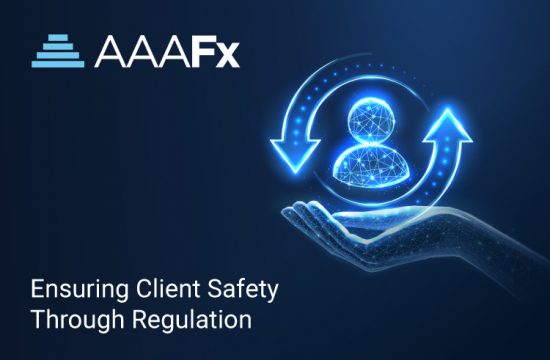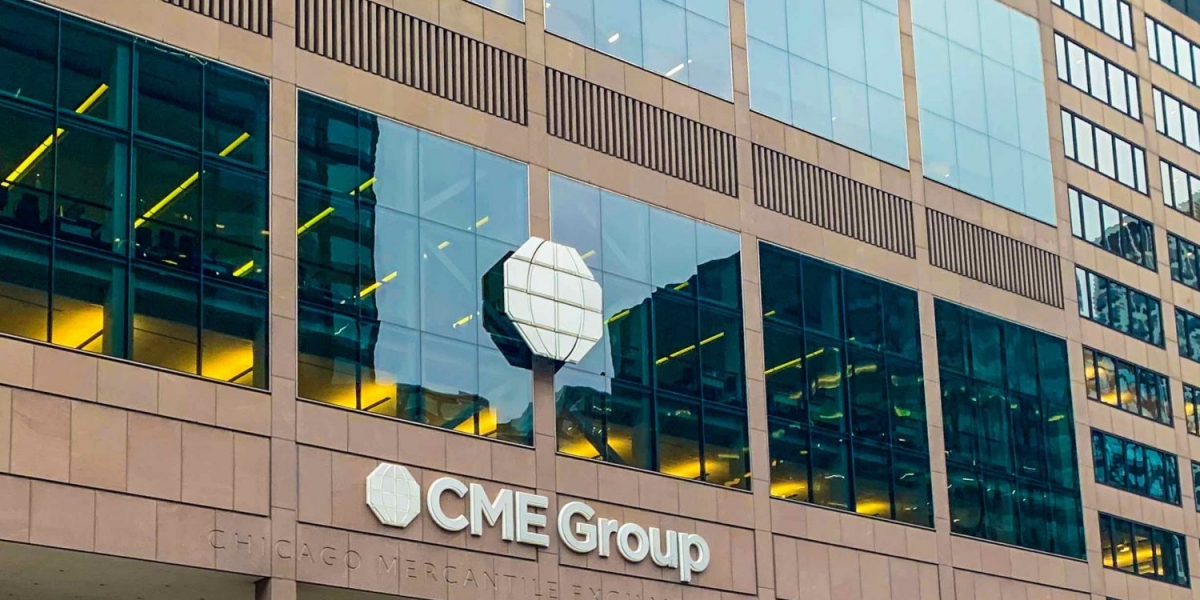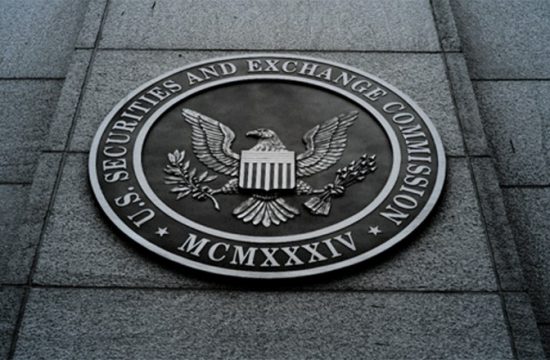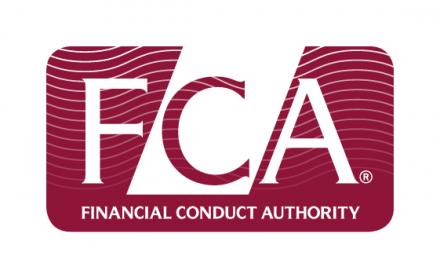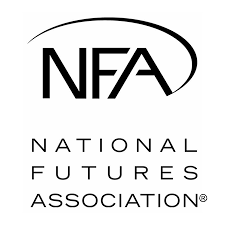The Global Foreign Exchange Committee (GFXC) today released a guidance paper on the controversial practice of ‘last look’ within the FX market.
Citing amendments to Principle 17 of the FX Global Code, the GFXC said market participants should provide information about their trading practices and operations, including for last look, by completing a disclosure cover sheet.
The update provides a glimpse into the use of one of FX market’s most common, and potentially abusive, practices. The ‘last look’ allows market makers get a final opportunity lasting a few milliseconds to reject an order after a client commits to a trade at a quoted price.
The independent committee had previously indicated liquidity providers and platforms shouldn’t undertake any trading activity that uses information from a client’s trade request during the last look window.
Developed by a working group led by former GFXC co-Vice Chair Akira Hoshino, the new guidance paper provides further clarity about the appropriate usage of pre-hedging and last look. This working group brought together a globally diverse range of market participants, including from both the buy-side and sell-side, in order to set controls and disclosures that could help align practices with the FX Code.
The updated code aims to ensure that the last look practice will be only used for the price and validity checks. After considering the feedback received, the paper was finalized by three main recommendations that seek a fair and effective last look process. Further, it aims to enhance ex-ante disclosures and ensure “information is available to regularly evaluate the handling of trade requests.”
GFXC Chair Guy Debelle commented that: “The GFXC will continue to watch developments in this area. The guidance provided in this paper should help the market move forward in a productive way. Liquidity providers adhering to these principles and providing transparency about their practices should help to give their clients greater clarity about the process. Liquidity consumers should then use this information to evaluate their execution, ask questions of their liquidity provider’s last look process, and evaluate whether to trade with liquidity providers that are using last look.”
The GFXC is currently reviewing the industry feedback on the other focus areas for its three-year review, including about anonymous and algorithmic trading, transaction cost analysis, disclosures and settlement risk.
The FX Global Code consists of 55 principles of good practices that functions as a guide to ethical behavior in the FX market. Published in May 2017, the initiative emphasizes the growing need for transparency in the execution and governance.
After lengthy industry collaboration and planning, the document helps foster more robust, fair, liquid, open, and appropriately transparent marketplaces, where different market participants are actively supported by a resilient infrastructure.



